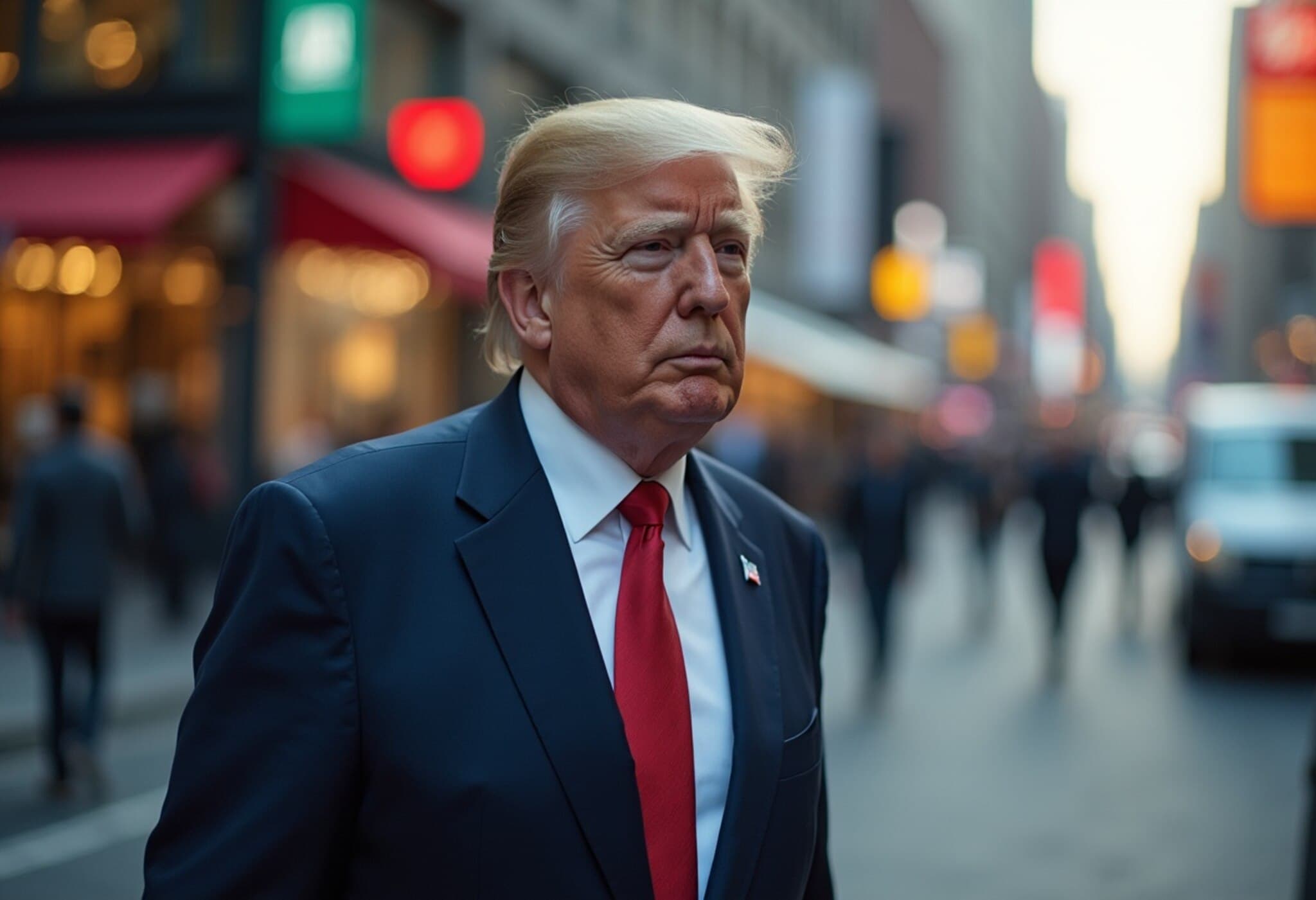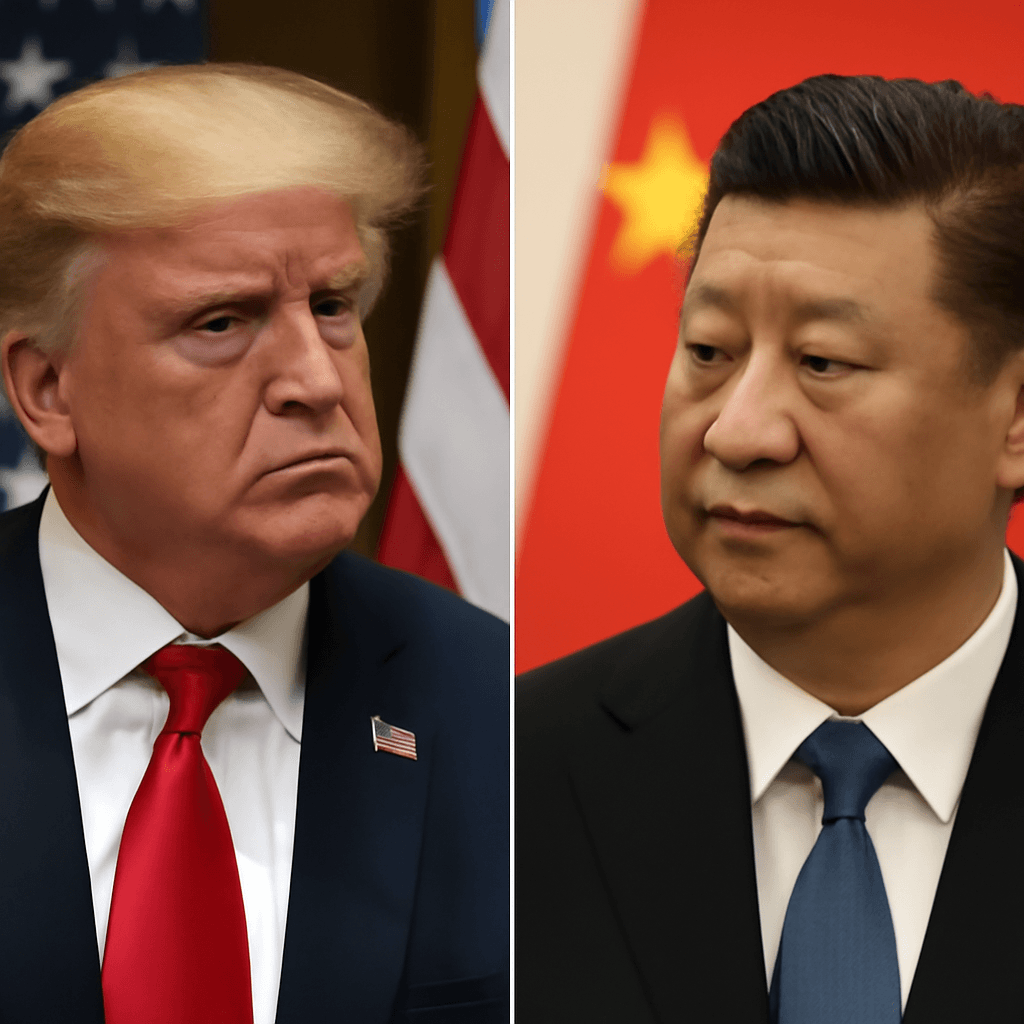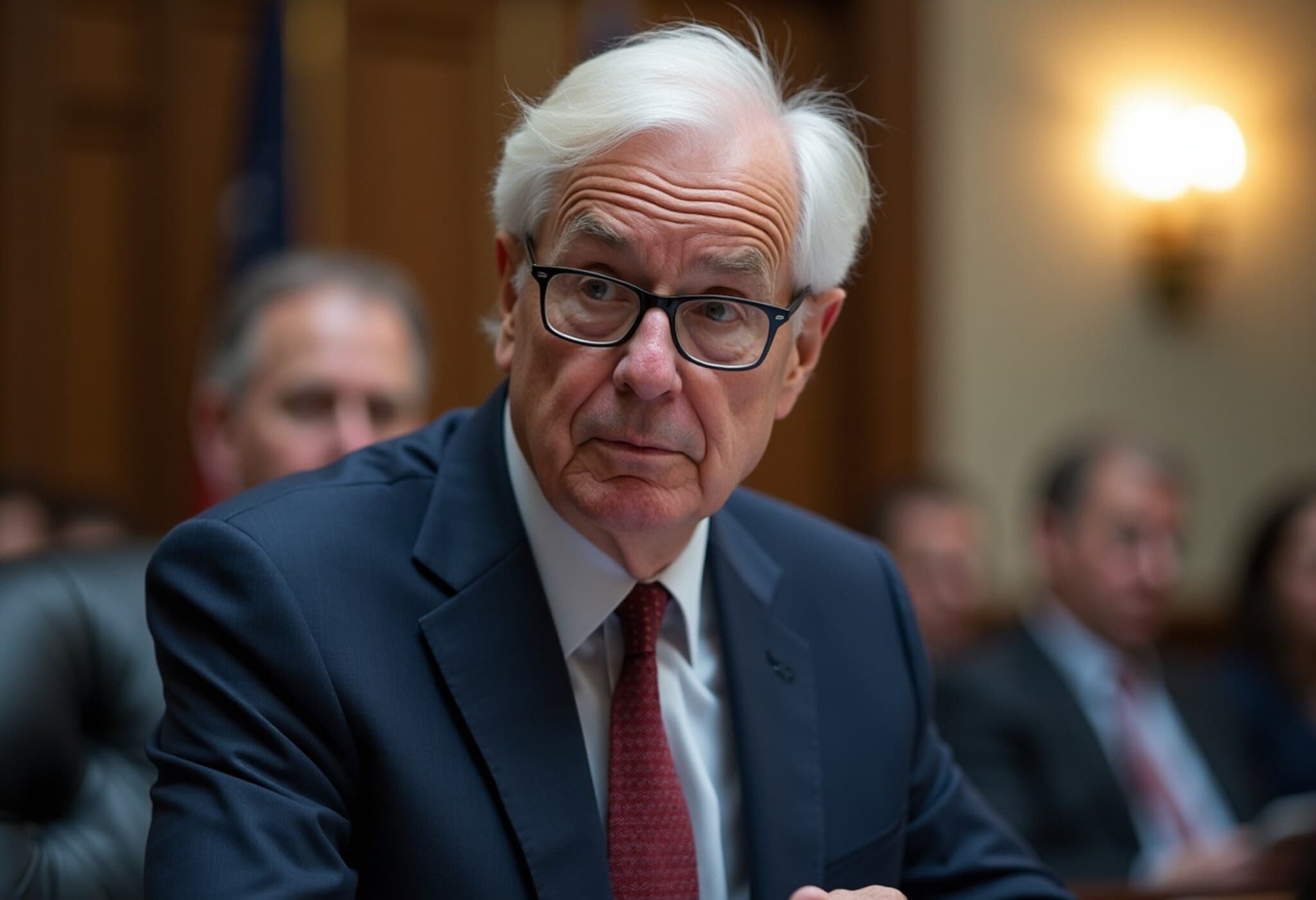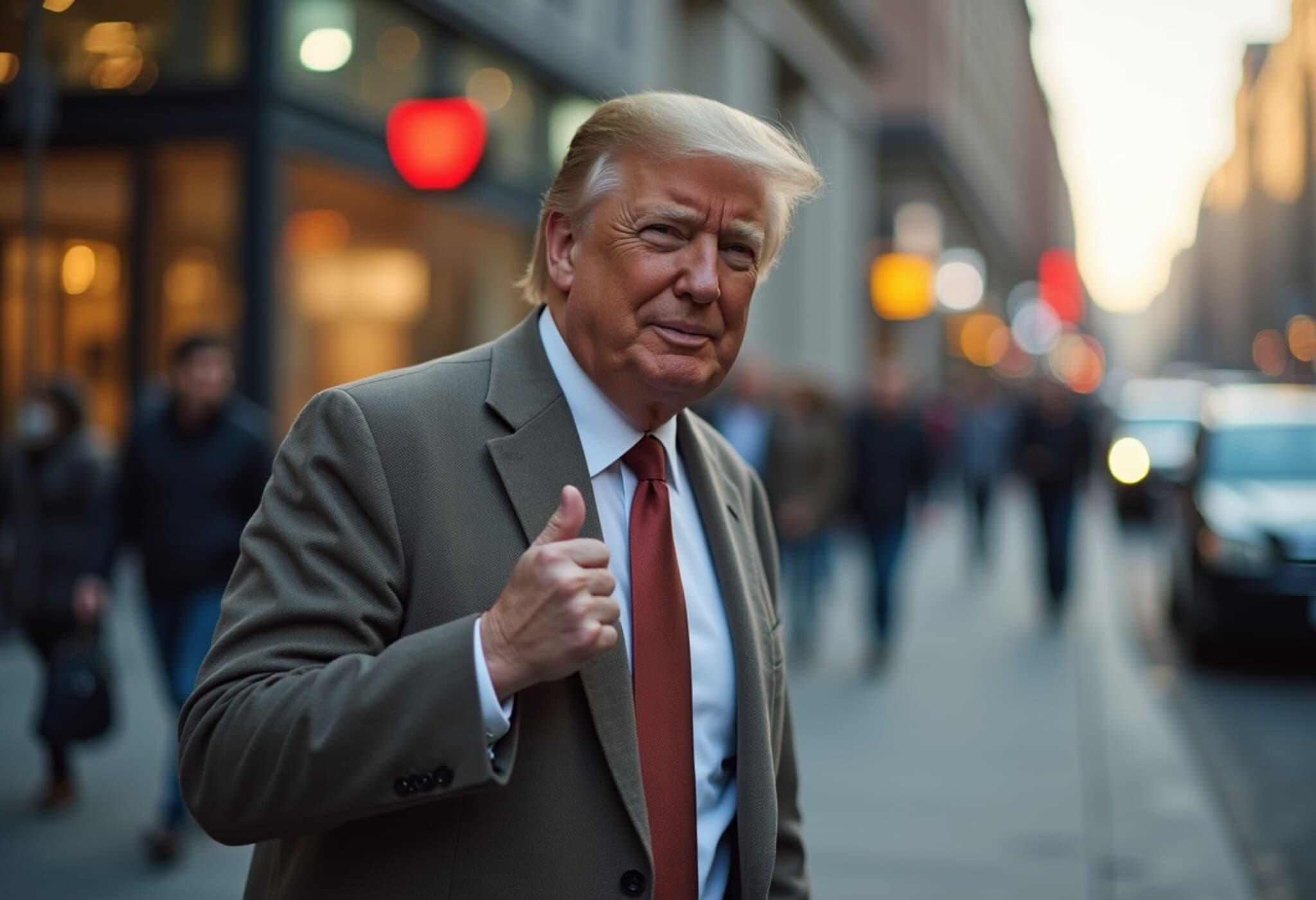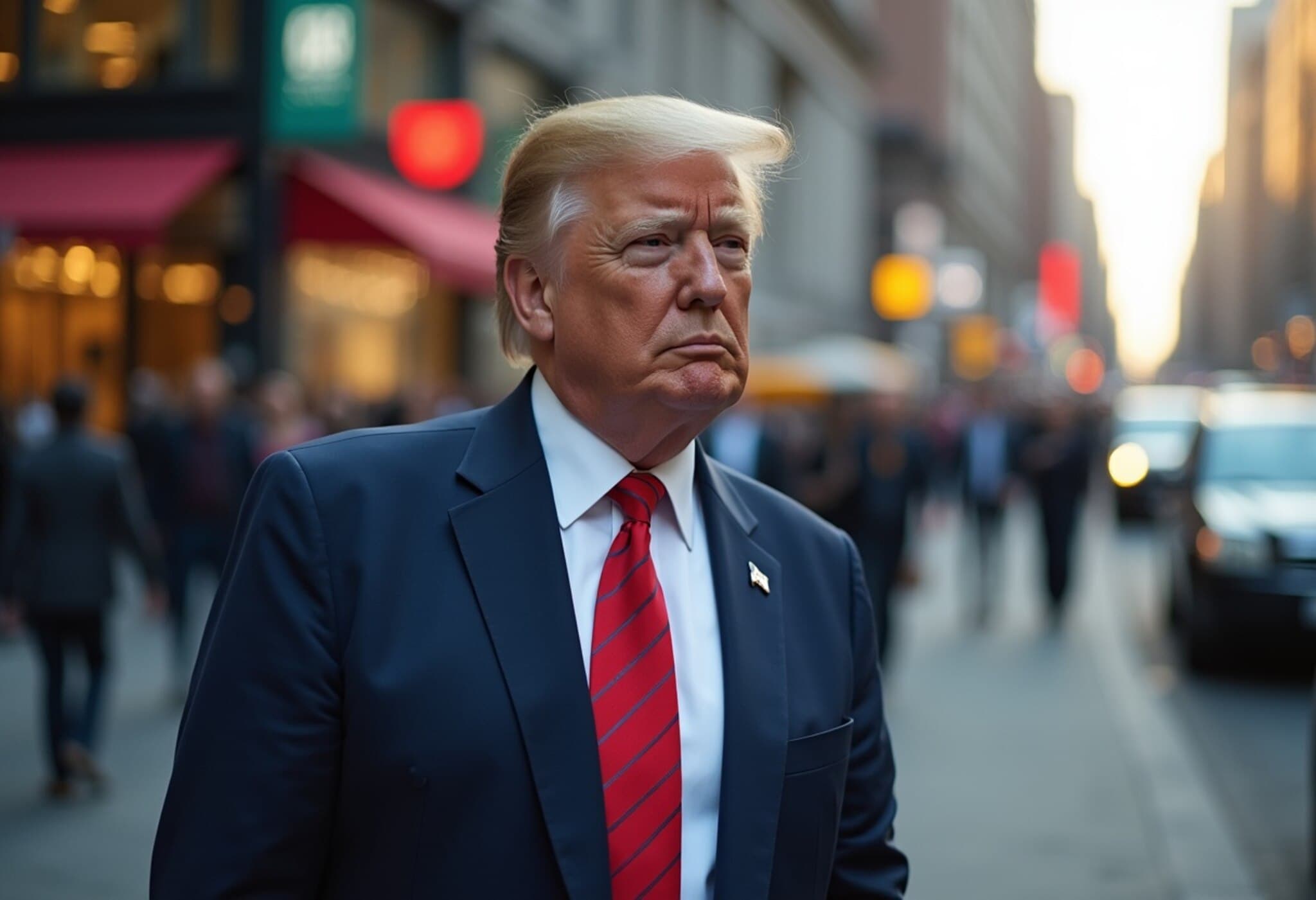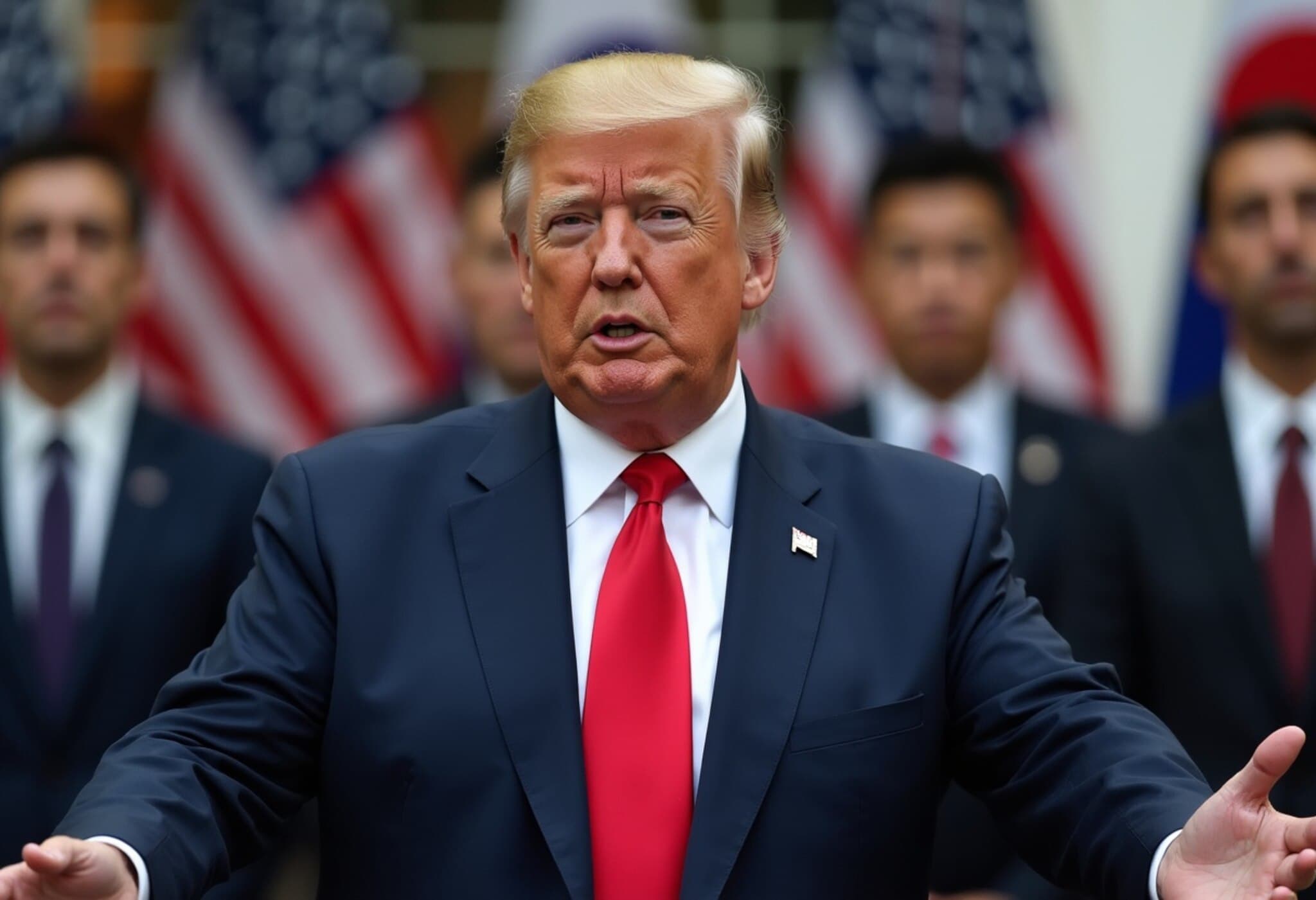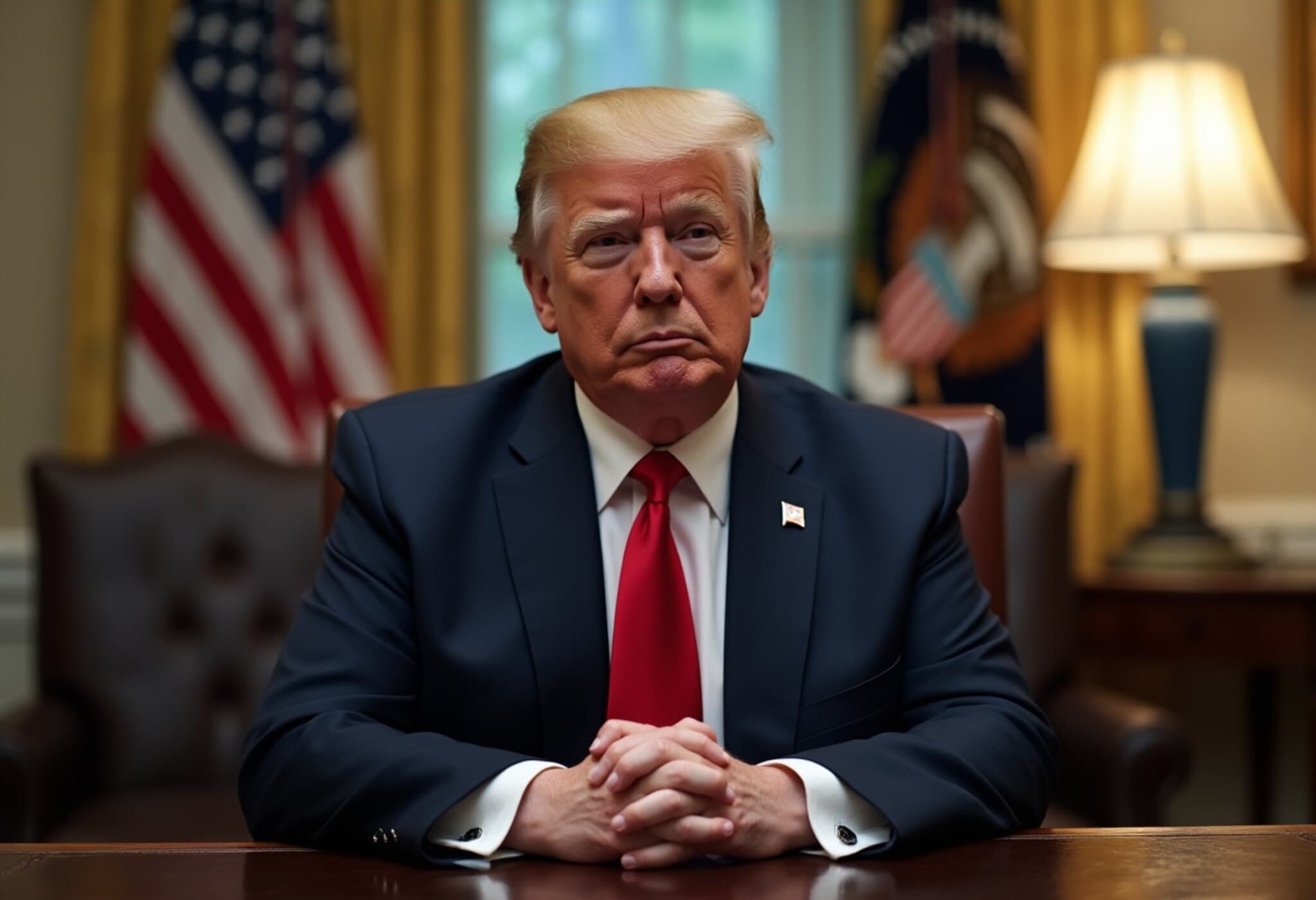June Inflation Climbs as Markets React to Trade and Tech Headlines
In June 2025, U.S. inflation reached its highest point in four months, aligning closely with economists' forecasts, underscoring the persistent challenges faced by policymakers and investors. While the headline inflation number matched expectations, the core inflation rate—excluding food and energy—surprisingly rose more slowly than anticipated. However, on an annual basis, both figures mark their peak since February, reinforcing concerns about the cost pressures facing American consumers.
Decoding Inflation’s Impact on Markets
Matthew Ryan, Head of Market Strategy at Ebury, highlighted a critical factor: "President Trump's tariffs have evidently contributed to pushing consumer prices higher this June." The implications are significant, as tariffs on imports often translate into increased costs for businesses and households.
Markets responded with caution; despite inflation figures meeting expectations, stock indices mostly declined as investors grappled with the reality that the anticipated rise in prices is indeed here to stay. This reaction echoes a familiar truth in professional and personal arenas alike—not all expectations are met with relief, especially when the news is challenging.
Key Developments to Watch Today
Preliminary U.S.-Indonesia Trade Agreement Announced
President Donald Trump revealed a prospective trade deal aimed at reducing tariffs on American goods entering Indonesia. This deal, if finalized, could bolster bilateral commerce, opening new avenues for U.S. exporters in Southeast Asia. However, Indonesian authorities have yet to confirm the agreement, leaving its timeline and full scope uncertain.
Nvidia CEO Praises Rapid Advances in China’s Artificial Intelligence
During a supply chain exposition in Beijing, Nvidia’s Jensen Huang applauded China’s burgeoning AI ecosystem, singling out innovations like DeepSeek and Ernie bot as exemplars of global progress. Huang emphasized that China's open-source approach acts as an accelerator in AI development worldwide—a nod to the increasingly interconnected nature of technology evolution.
Nasdaq Hits New Heights Amid Market Divergence
Despite broader market hesitations, the Nasdaq Composite surged to record levels propelled by a 4% jump in Nvidia’s shares following robust performance reports. In contrast, other major indexes experienced declines, reflecting uneven investor sentiment. Meanwhile, shares of a leading Chinese toymaker slumped despite issuing optimistic guidance, underscoring the volatility and complexity of global markets.
ASML Surpasses Earnings Expectations but Lowers Future Outlook
Dutch semiconductor equipment giant ASML reported an impressive beat on its second-quarter earnings and net sales, exceeding projections by approximately €200 million. However, the company tempered enthusiasm with a forecast revision signaling expected revenue decreases in the upcoming quarter—a cautionary reminder of the semiconductor industry's cyclical nature.
European Fund Managers Show Rising Optimism for Stock Markets
A recent Bank of America survey reveals that 81% of European fund managers anticipate positive returns in European equities over the next year. This notable confidence suggests a potential shift in investment flows toward Europe, highlighting regional dynamics that U.S. investors and global watchers should monitor.
Additional Market Moves: Gold Prices and Global Supply Chains
Gold prices retreated from near a four-week peak, as a modest appreciation of the U.S. dollar made bullion less attractive. Nevertheless, ongoing uncertainties around U.S.-China trade negotiations continue to restrain a sharper drop, as investors seek safe havens amid geopolitical trade tension.
Notably, the World Gold Council’s recent survey unveiled a transformative trend: more than half of the 36 central banks surveyed now purchase gold directly from small-scale miners using local currencies, bypassing traditional global OTC markets typically centered in London. This pivot signals a move towards diversifying gold sourcing, potentially impacting global bullion market structures and pricing.
Expert Insights: Inflation, Trade, and Tech in a Dynamic Global Landscape
The interplay between inflation dynamics, trade policies, and technological innovation continues to shape economic trajectories in 2025. Persistent inflation stoked partly by tariffs reminds policymakers of the delicate balance between protectionism and market stability. Concurrently, breakthroughs in AI and semiconductor technology, coupled with shifting trade deals, underscore the complexity and interconnectedness of today’s global economy.
For U.S. consumers, the real question may be how enduring these inflationary pressures prove, especially in light of geopolitical trade tensions and evolving supply chains. For investors, reading between the lines of corporate earnings and regional fund manager sentiment could offer early indicators of where capital will flow in the coming months.
What lies ahead?
- Will the U.S.-Indonesia trade agreement materialize and what impact might it have on Southeast Asian trade dynamics?
- How will China’s open AI ecosystem influence global innovation and competitive positioning in key tech sectors?
- Will central banks’ direct gold purchases from artisanal miners signal a broader shift away from traditional bullion market conventions?
Editor’s Note
This week’s data and developments paint a compelling picture of a global economy at a crossroads: inflation remains stubbornly present; trade policies evolving through tentative deals; and technology acting as both a catalyst and variable in uncertain markets. As investors and consumers alike brace for the unfolding next chapter, staying informed with nuanced perspectives is crucial. How policymakers and markets navigate these intersecting trends will profoundly impact economic stability and growth trajectories in the year ahead.

